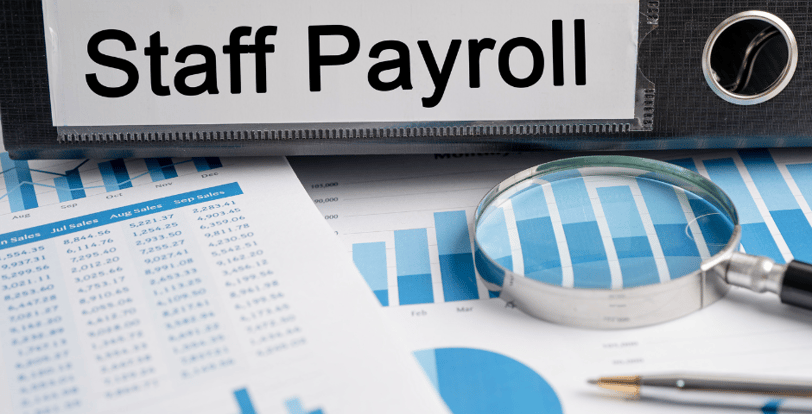An Employer’s guide to recovering outstanding debts from former employees


Employers frequently encounter challenges when attempting to recover outstanding debts from former employees. Whether arising from salary overpayments, training costs, or other financial obligations, recovering these amounts can be complicated, particularly in the absence of a written agreement regulating such deductions. Fortunately, South African law provides structured legal avenues that allow employers to enforce repayment and to recover what is owed, even after an employee has moved on.
Informal recovery process
Before turning to formal legal proceedings, employers may find it beneficial to engage with former employees to arrange an amicable repayment solution. Open communication and structured repayment plans can lead to faster debt resolution, without the costs and delays associated with litigation.
A commonly used approach is an Acknowledgment of Debt Agreement (“AOD”), which is a legally binding agreement in which the former employee acknowledges their indebtedness to the employer, and simultaneously commits to a structured repayment plan. An AOD provides employers with added security, as it may include provisions for interest and specific payment deadlines, ensuring a clear commitment from the employee.
Such agreements are often advantageous as they minimise legal expenses, administrative burdens, and the complexities of litigation, offering a more efficient resolution to debt recovery.
Formal recovery process
If an employee fails to settle an outstanding debt despite the employer’s informal recovery efforts, employers can seek legal recourse under Section 65A of the Magistrates' Courts Act, 32 of 1944. This process begins with the employer initiating court proceedings to obtain a judgment confirming the debt. Once secured, the judgment grants access to various enforcement mechanisms, ensuring the employer can lawfully recover what is owed.
These measures, ranging from salary deductions to asset seizure, provide structured solutions to reclaim debts efficiently.
Emolument Attachment Orders (EAOs)
An emolument attachment order (“EAO”) allows employers to recover debts by compelling the former employee’s new employer to deduct a fixed portion of their salary each month, and to pay it directly to the creditor. This method ensures a structured repayment solution without the need for continuous follow-ups. The order remains in effect until the debt is fully settled, offering employers a predictable recovery process.
Compliance with an EAO is mandatory, and failure by the new employer to execute the deductions in favour of the former employer could result in legal repercussions. While EAOs provide a steady repayment solution, they may however not be ideal for recovering large amounts from a former employee in a short period of time.
Garnishee Orders
A garnishee order offers another effective avenue for debt recovery, enabling employers to claim funds directly from a third party that holds money on behalf of the former employee, such as a bank. This method is particularly useful when an employee has financial resources, but is unwilling to settle the debt voluntarily.
The financial institution or entity holding the funds is legally obligated to comply with the order and release the required amount. Unlike an EAO, which recovers the debt over time, a garnishee order can result in a lump sum recovery, making it a faster alternative. However, its success hinges on the availability of sufficient funds in the targeted account.
Warrant of Execution
For immediate recovery, employers may seek a warrant of execution, allowing for the attachment and sale of the former employee’s movable assets. This could include valuable items such as vehicles, electronics, or furniture, which the sheriff of the court will seize and auction to settle the debt. While this method can yield quick results, its success depends on whether the employee possesses attachable assets of sufficient value. If no significant assets are available, alternative legal avenues may need to be explored.
Employers should assess the most appropriate recovery method based on the circumstances of the case. Section 65A proceedings provide a robust legal framework to ensure debts are repaid, but alternative solutions such as AODs may offer more efficiency in certain situations. Seeking professional legal guidance can further streamline the process and maximize the likelihood of a successful recovery.
By leveraging these legal tools effectively, employers can safeguard their financial interests and uphold accountability, ensuring that outstanding debts are settled, even after an employee has left their service.
Would you like expert insights delivered to your inbox?
Subscribe to our newsletter for the latest legal updates, industry insights and free legal resources.
© 2024 Ackermann Attorneys, All rights reserved.
_________________________________________________________________________________________________________________________________________________________________________________________________________________________________________________________________________________________________________________________________________________________
Ackermann Attorneys
Follow us
